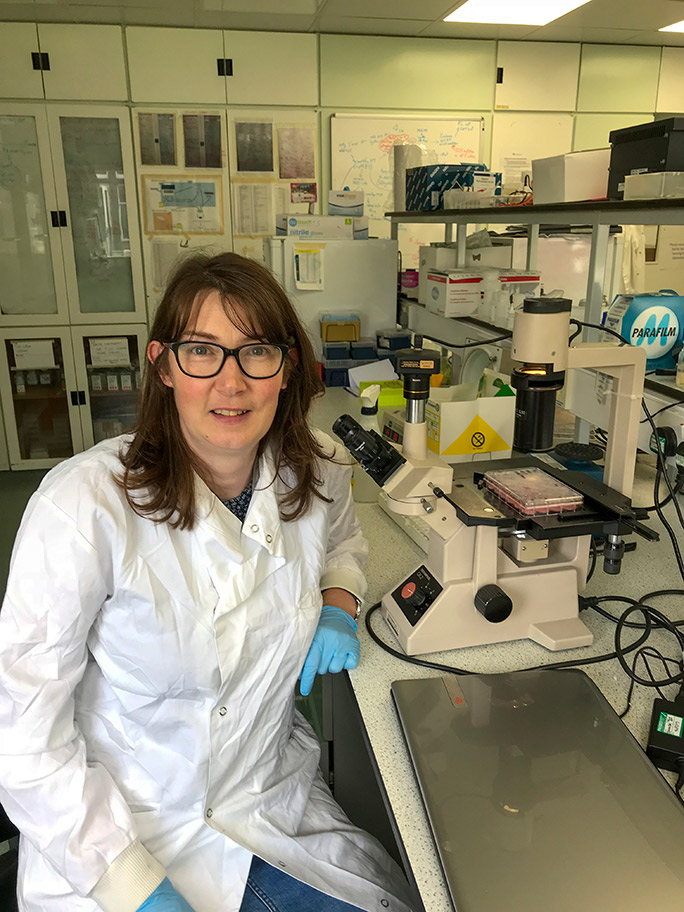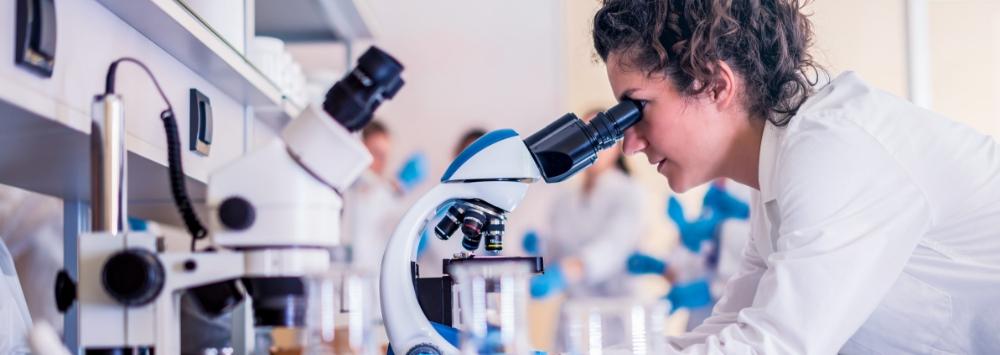Using real-time signals from the SAVSNET data, we will identify and retrieve key samples for further phenotypic and genotypic analyses. To be of benefit to animal health, once we have identified a potential outbreak we need physical samples to analyse and explore further. By analysing samples in the laboratory we can add extra information such as the species/strain responsible, number of animals affected and the types of animals at risk. We can then inform on potential preventative or therapeutic measures.
If your laboratory is interested in providing samples to support this research, please contact us.

I use sequencing to put genomic information onto pathogens in suspected disease outbreaks. Initially I am looking at whether we can use sequence information from canine distemper virus to locate where dogs that are the victim of puppy farming are being imported from.
Shirley Bonner
Back to: Small Animal Veterinary Surveillance Network (SAVSNET)
